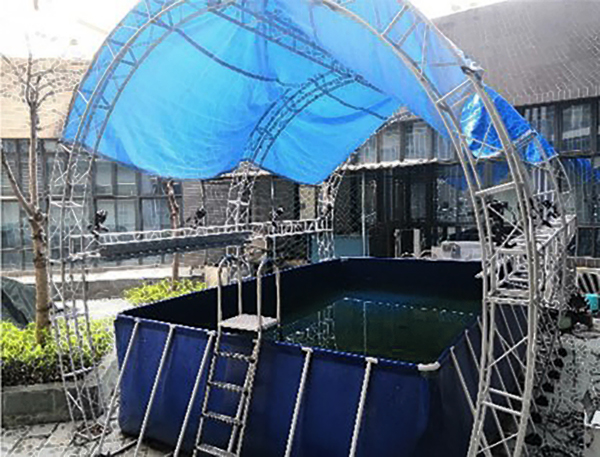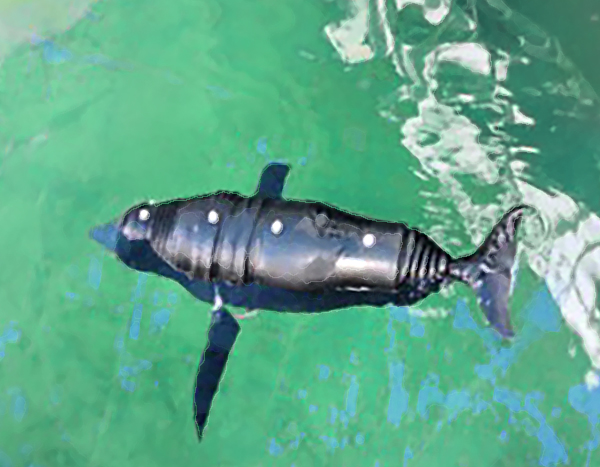After long-term evolution, marine animals have extraordinary swimming performance. Dolphins can not only swim at high speed for long periods of time, but also perform difficult movements such as leaping out of the water and turning in the air. Therefore, in recent years, many scholars have developed robotic dolphins. However, most dynamics models are too complicated and require a lot of calculation.
In order to solve these problems, Gong Weijie and his team from Shenzhen University established the kinematics and dynamics models of the pectoral and caudal fins of the robot dolphin based on the pectoral fin/caudal fin coordinated propulsion, using the blade theory, Bernoulli's principle and wing theory. This model has the advantages of simple structure and less computation, and is convenient for dynamic simulation and experiment. At the same time, through the analysis of the movement parameters of the dolphin, the kinematics and dynamics simulation of the dolphin was carried out with Matlab to study the influence of different swimming modes and different motion parameters on the swimming performance.

To verify the swimming performance of the dolphin in different propulsion modes, the researchers conducted test experiments. The experiment was carried out in a 640cm×407cm×150cm pool. 8 NOKOV motion capture cameras were set up around the pool to capture the three-dimensional spatial coordinates of the markers set on the robot dolphin to obtain its swimming posture and motion parameters.

The experimental results are in good agreement with the simulation results under different modes. Because the robot dolphin is disturbed by waves when swimming, the straight swimming speed obtained from the experiment is lower than the simulation result. The experiment verified the validity of the dynamic model of the pectoral fin/caudal fin cooperative propulsion, and proved that the pectoral fin/caudal fin cooperative propulsion can improve the swimming performance of the robotic dolphin. Under the same swing frequency, the caudal fin produces the main propulsion force.

This research will help to further understand and study the movement mechanism of dolphins, so as to improve the swimming performance of robot dolphins.
In addition to the robotic dolphin project, the NOKOV motion capture system has also been used in several bionic robot development projects to obtain animal motion data or evaluate the performance of bionic robots. In addition, we have developed an underwater motion capture system.
Bibliography:
YANG Zhonghua, GONG Weijie. Dynamic Modeling and Simulation of Robotic Dolphin with Cooperative Propulsion of Pectoral Fin/Caudal Fin Propulsion[J]. Ship Engineering, 2021,43(09):140-145+151.DOI:10.13788/j.cnki.cbgc.2021.09.25.